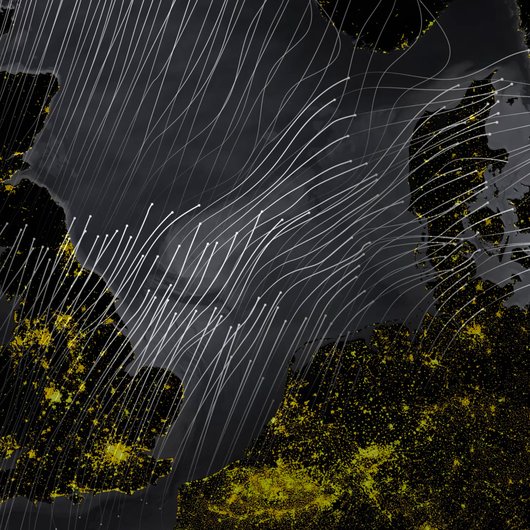Introduction
Much has been said and written about research by design from an academic angle. We would like to compare this with an overview from daily design practice, based on our own experiences. When we talk about 'research' here, it is about more than collecting data and preparing knowledge components that are necessary for a well-argued design. Design and research are closely related and are increasingly intertwined.
Research laboratory
We see H+N+S as a research laboratory, a place where there is room for research, agenda-setting for new themes and room for experimentation, even if it is not directly requested by a client and there is not automatically time and space in a commercial environment. for in-depth research. A number of forms can be distinguished in our daily work in which 'research' plays a role.























